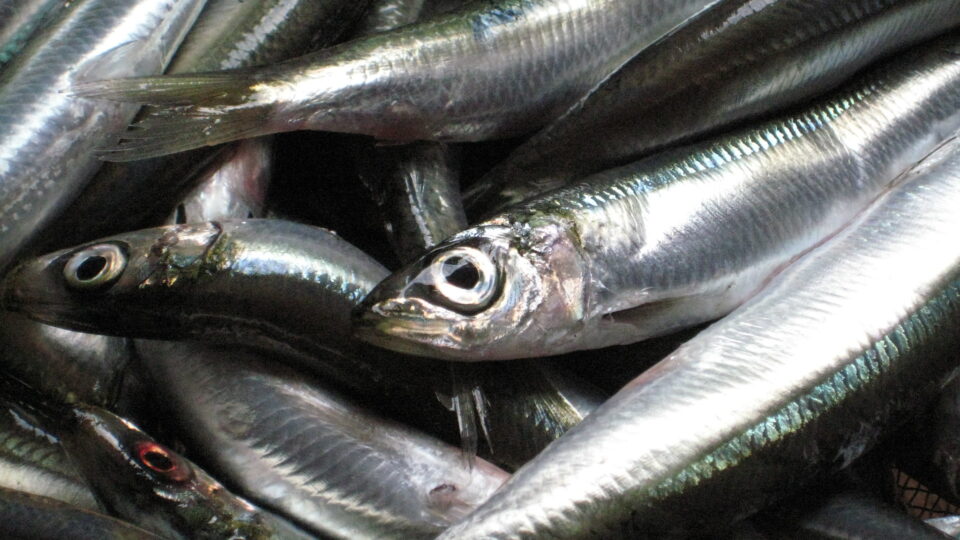Researchers from the University of Exeter in the UK and the University of Queensland in Australia have developed a new method for identifying and measuring the presence of five different types of plastic in seafood.
The researchers purchased oysters, prawns, squid, crabs, and sardines from a market in Australia and analyzed them using the new technique. They found plastic in every single sample.
Their findings showed that the amount of plastics present varies greatly among species and differs between individuals of the same species. The measured plastic levels were 0.04 mg per gram of seafood in squid, 0.07 mg in prawns, 0.1 mg in oysters, 0.3 mg in crabs, and 2.9 mg in sardines.
All the plastics are types commonly used in plastic packaging and synthetic textiles and are increasingly found in marine litter: polystyrene, polyethylene, polyvinyl chloride, polypropylene, and polymethyl methacrylate.
The new method treats the seafood tissues with chemicals that dissolve the plastics present within them. The resulting solution is then analyzed using a highly sensitive technique called Pyrolysis Gas Chromatography Mass Spectrometry which both identifies and quantifies the plastics.
Microplastics are an increasing source of pollution for much of the planet, including the oceans where they are eaten by all types of marine creatures ranging from planktonic organisms to large mammals. Microplastics enter our diet not only from seafood, but also from bottled water, sea salt, beer, and honey, as well as from dust that settles on our food.
**********
Web Links
Seafood study finds plastic in all samples
Photo, posted June 23, 2007, courtesy of Flickr.
Earth Wise is a production of WAMC Northeast Public Radio.
